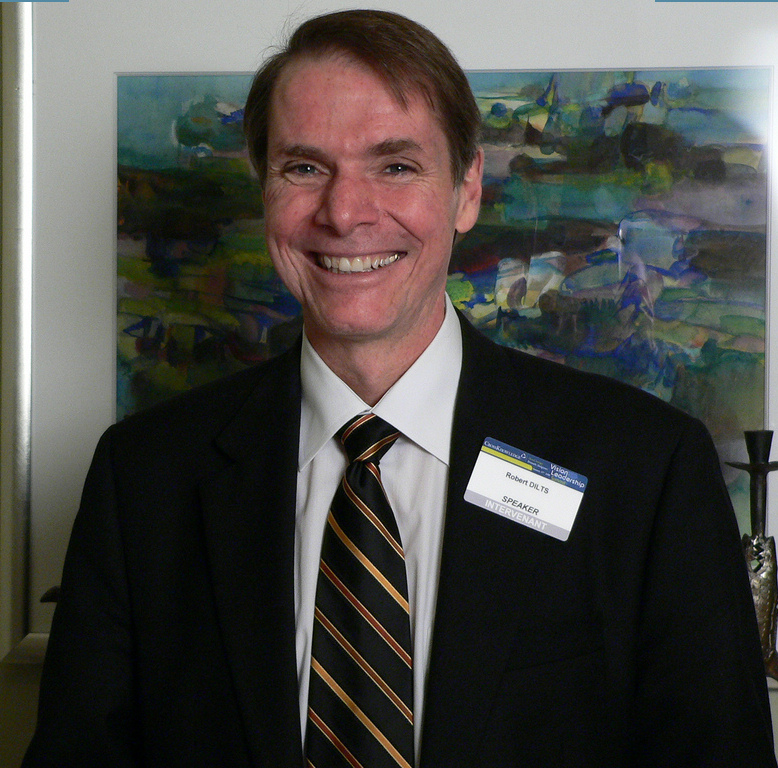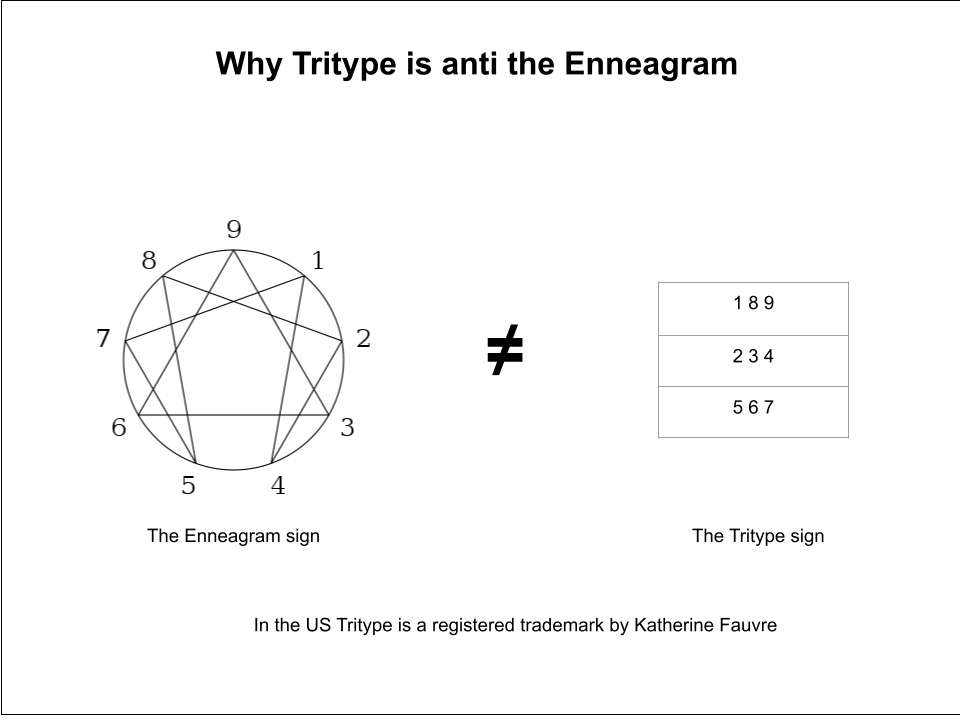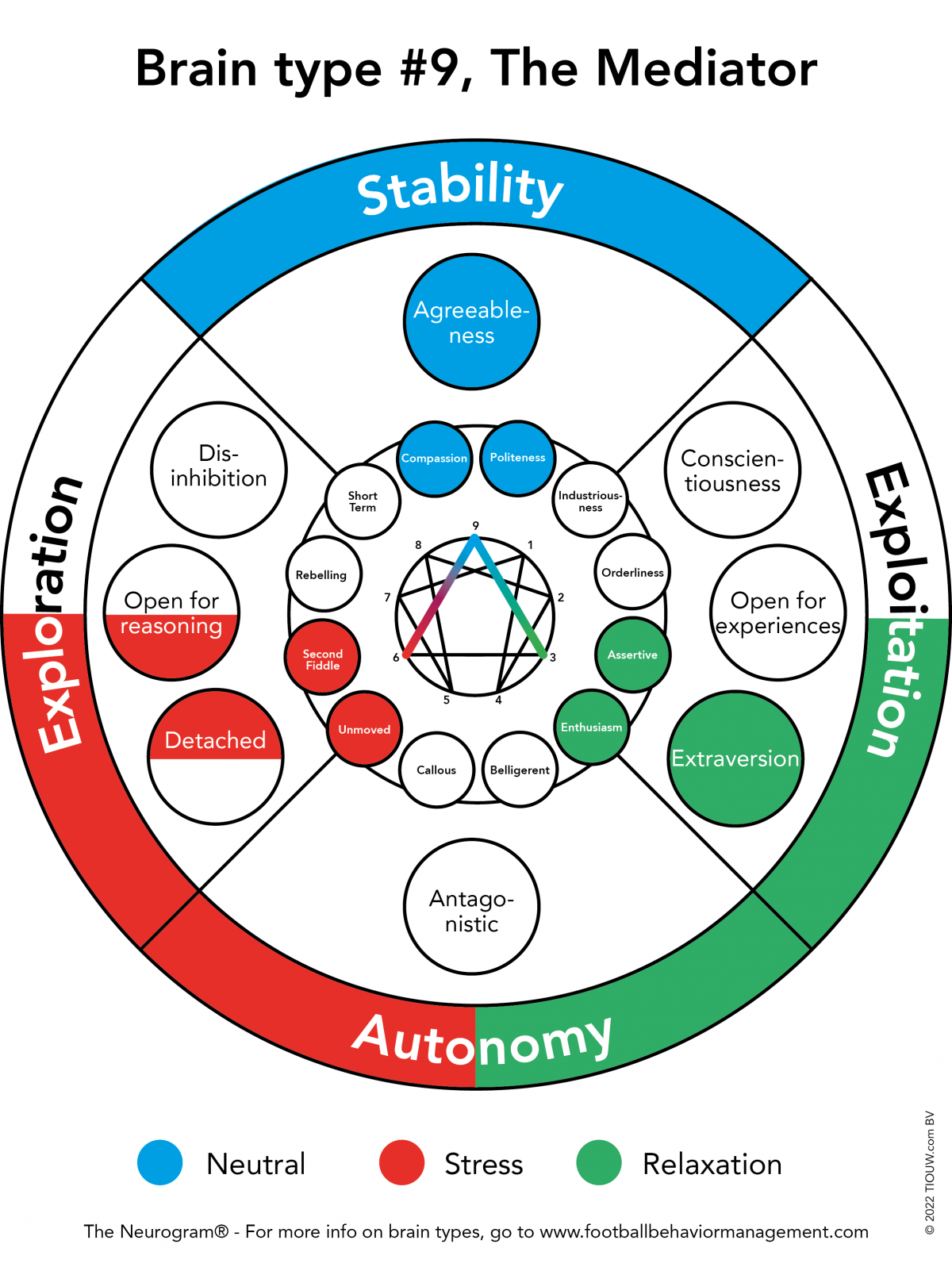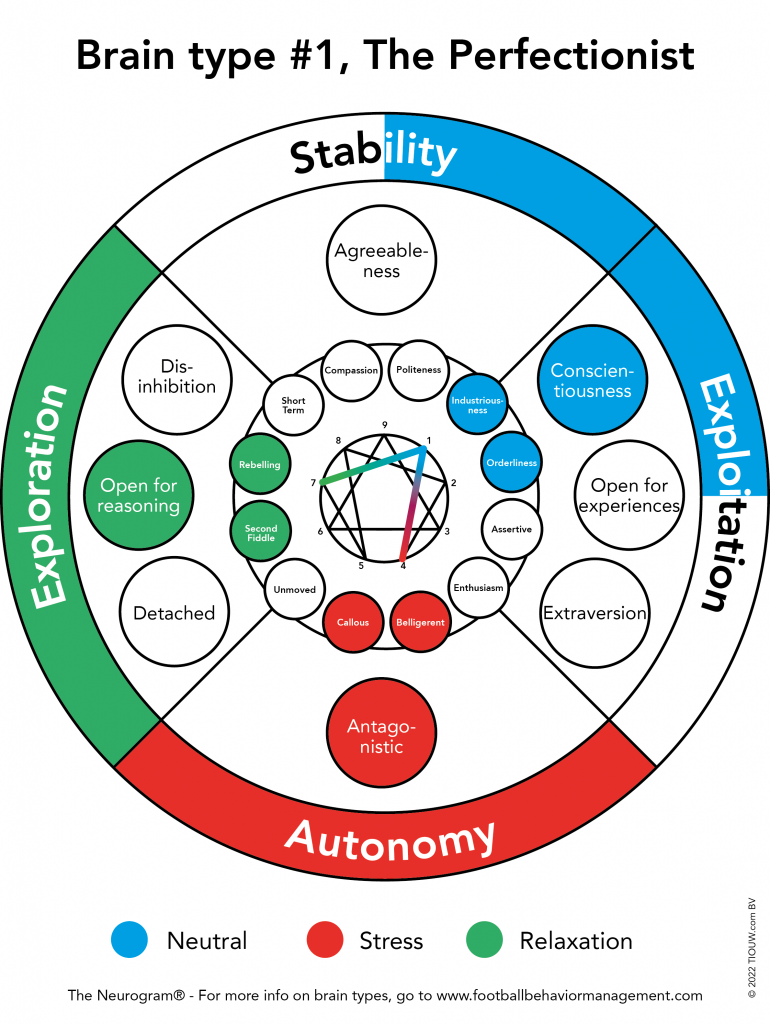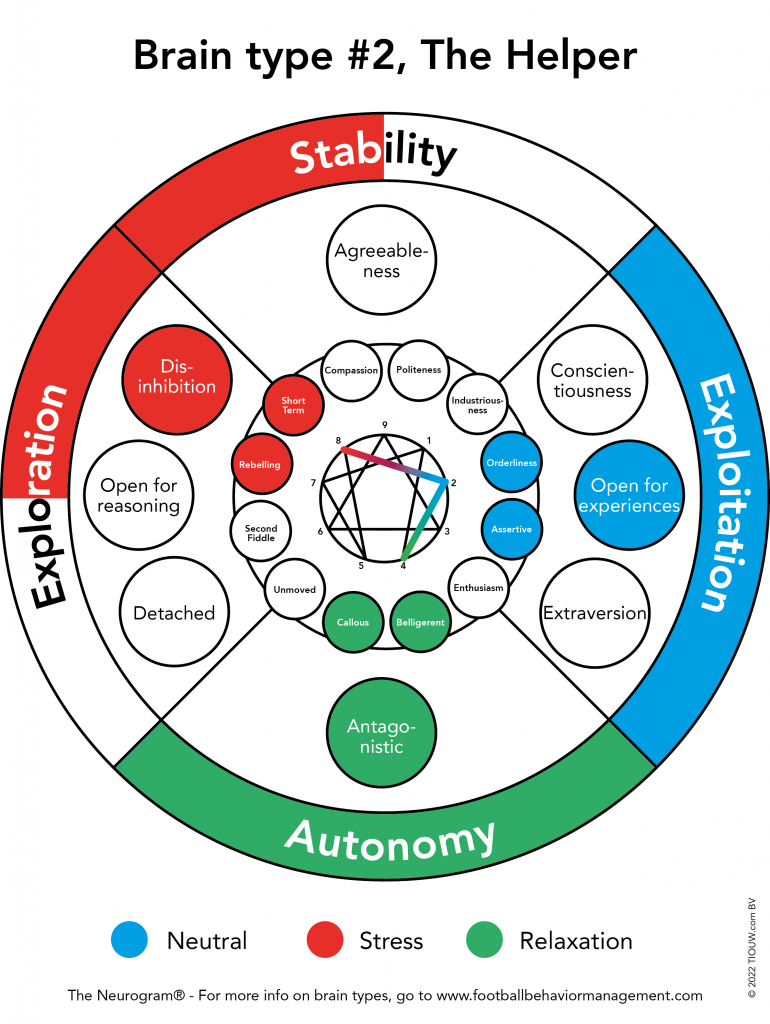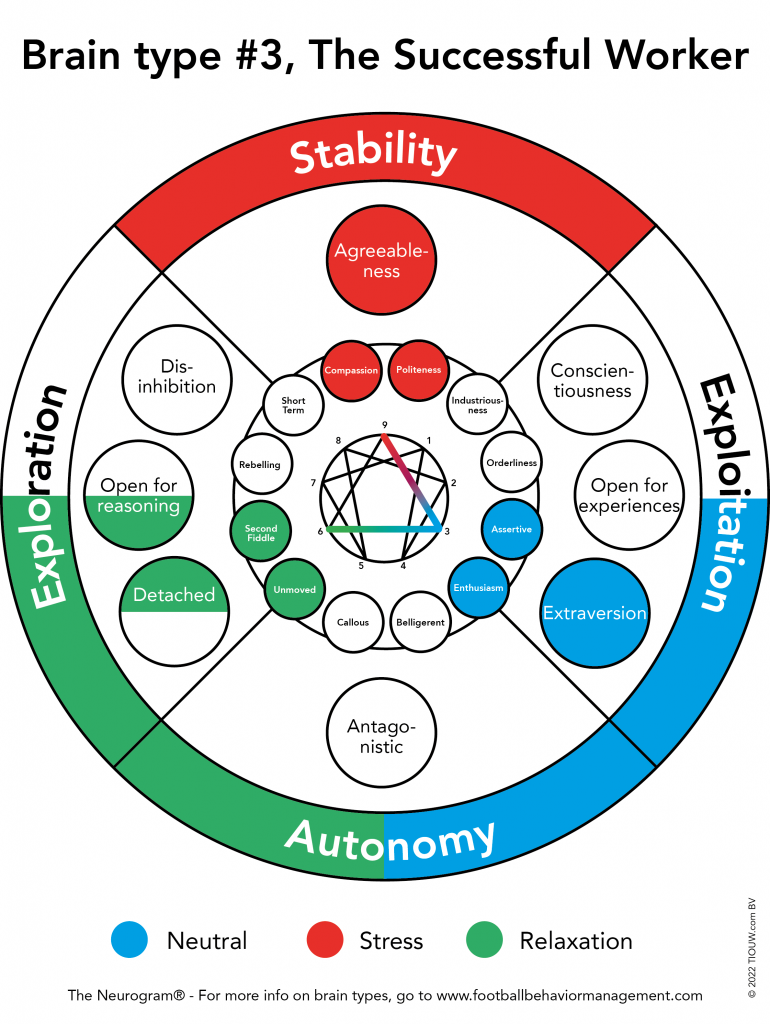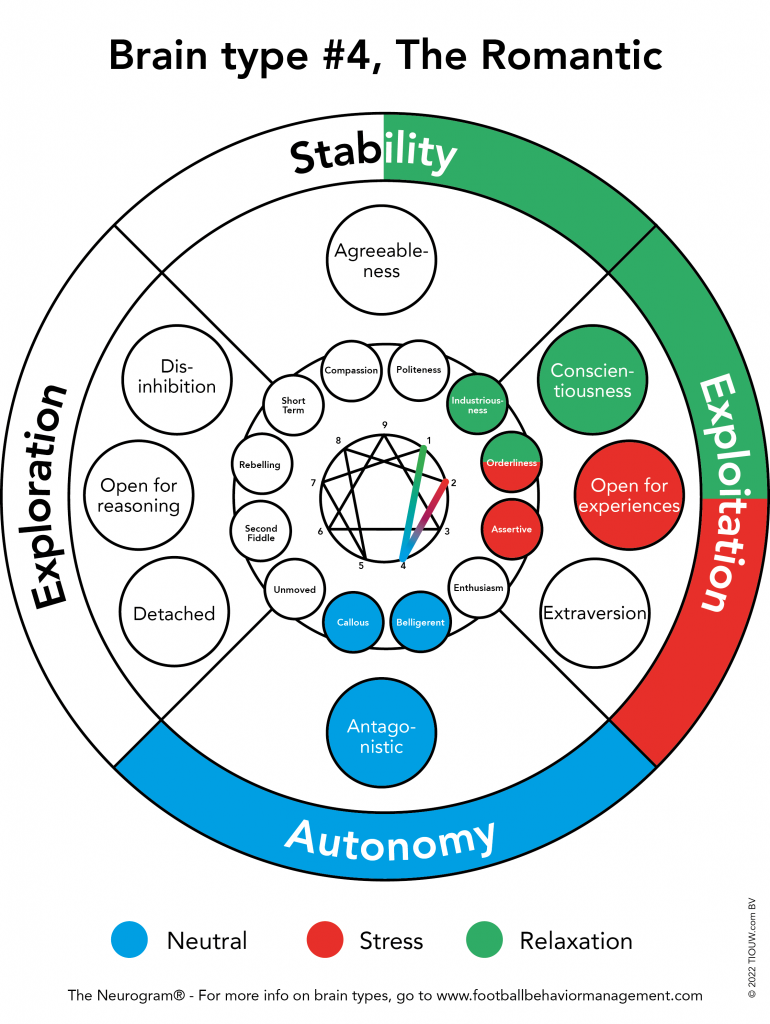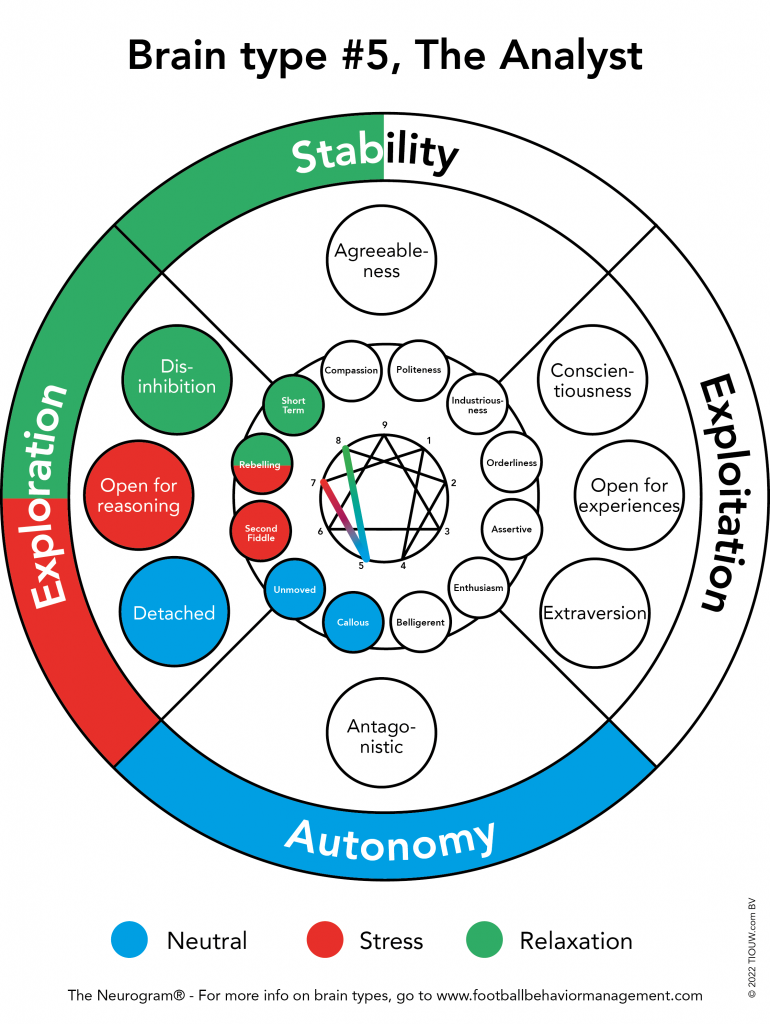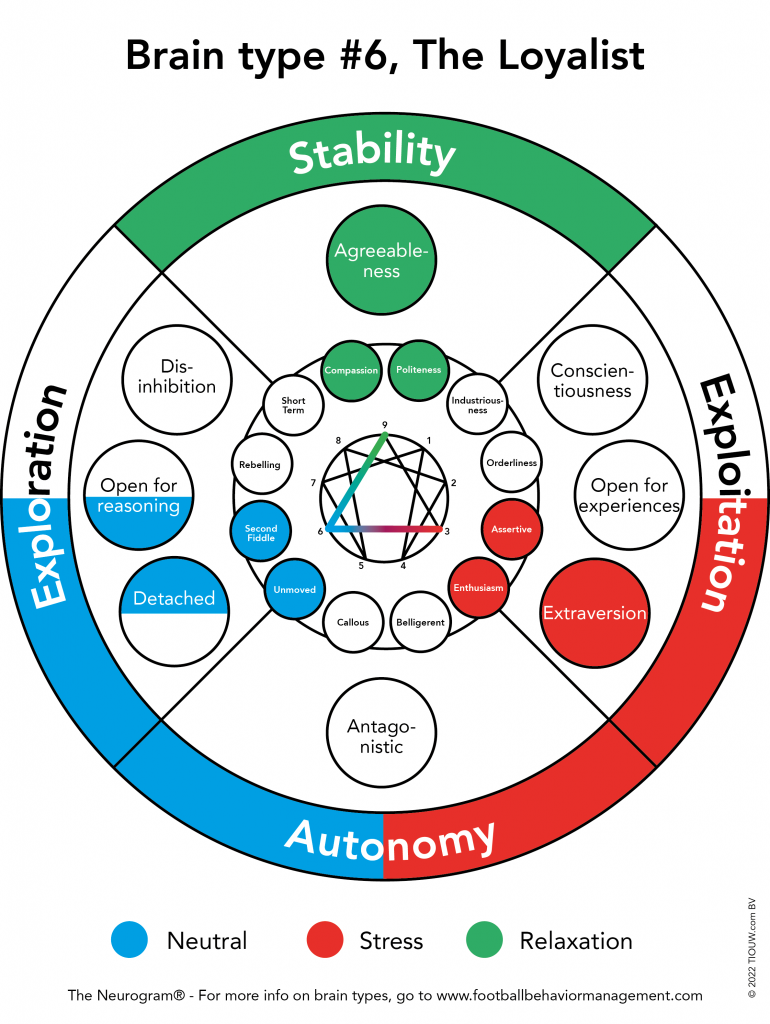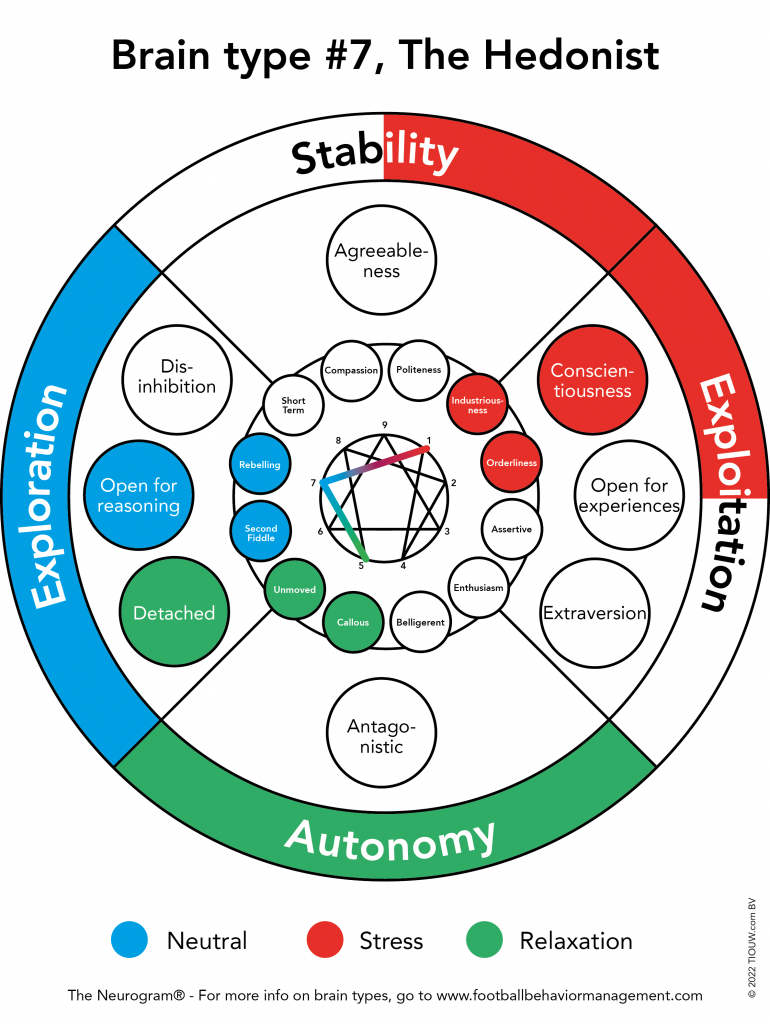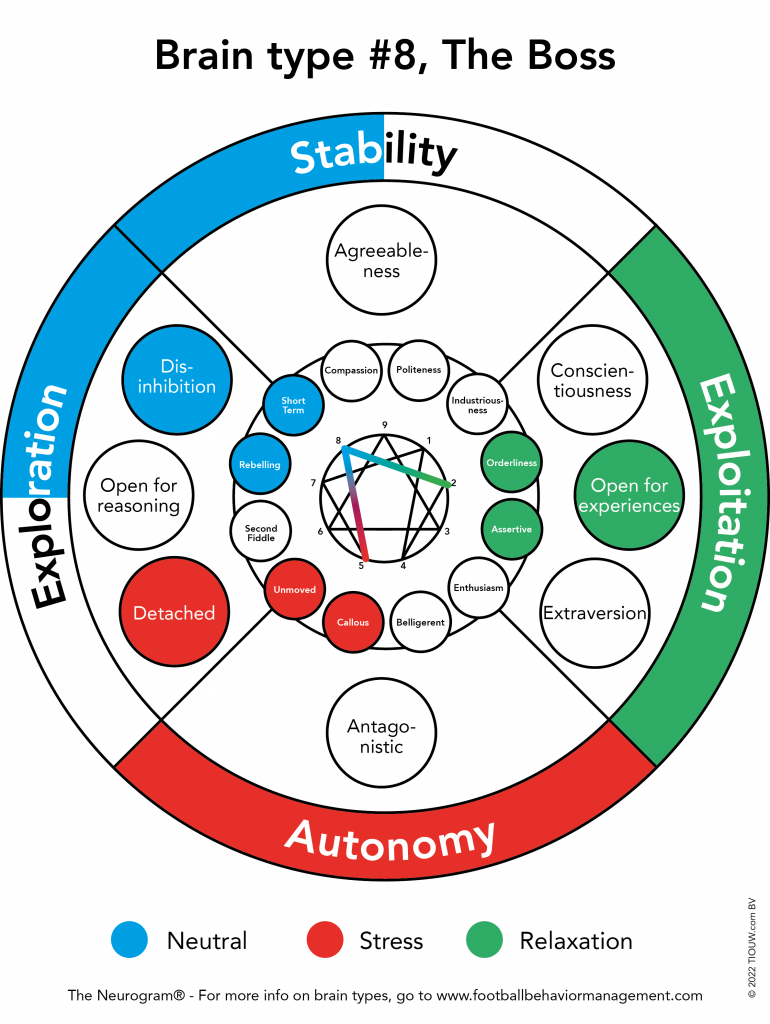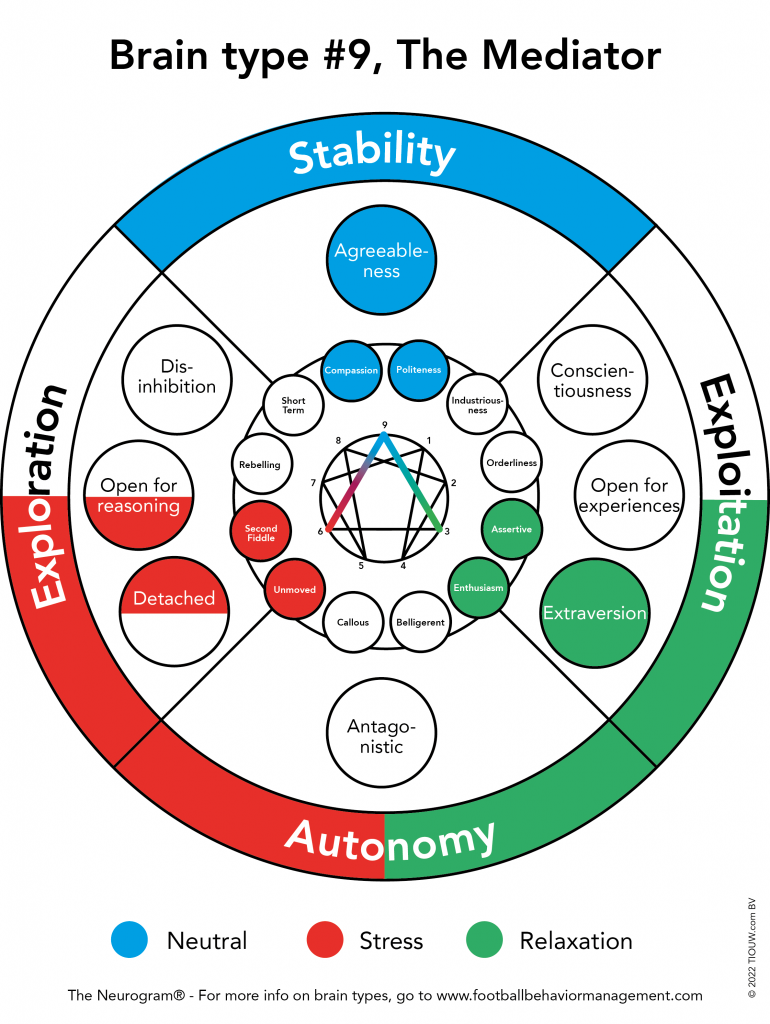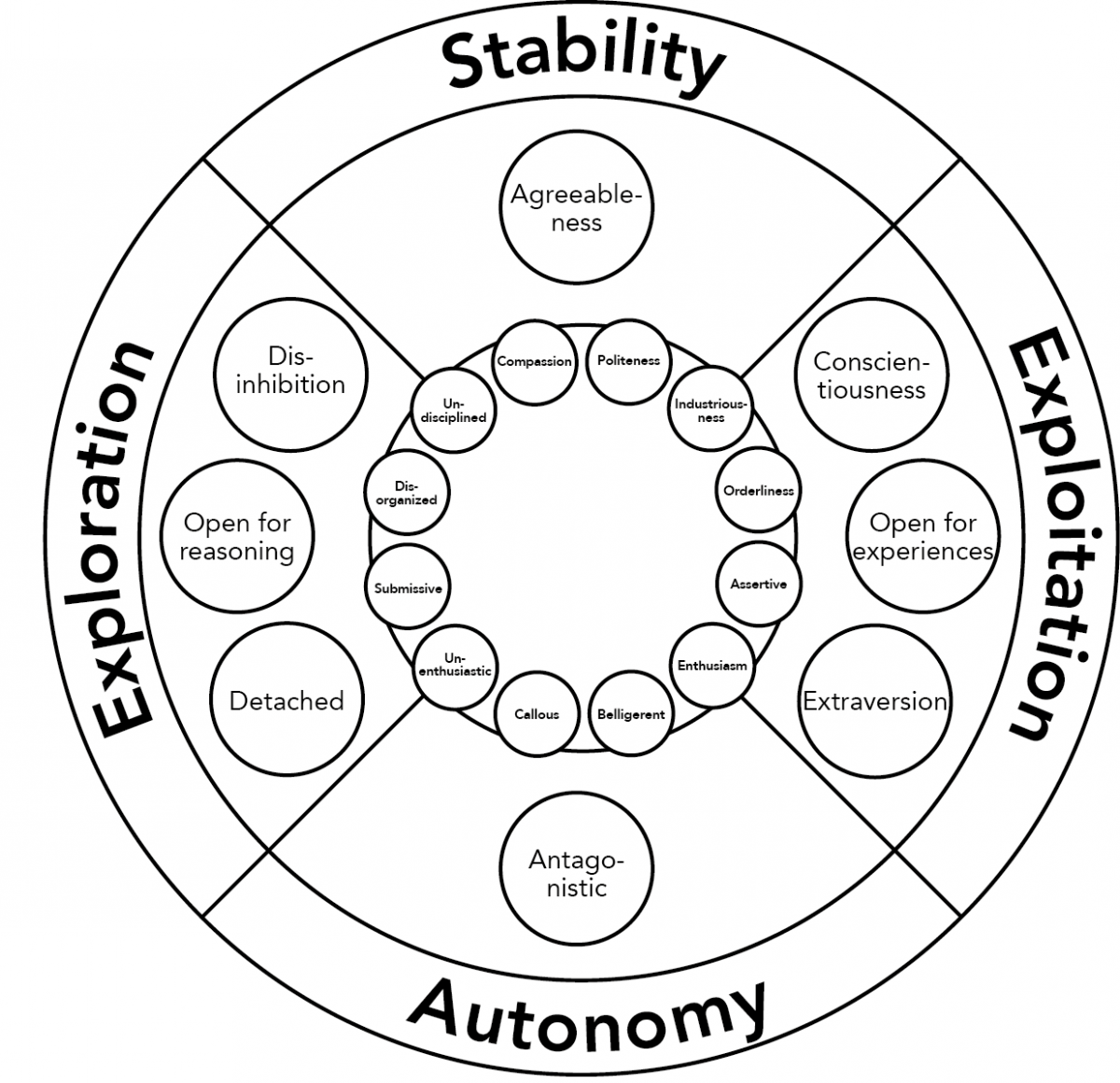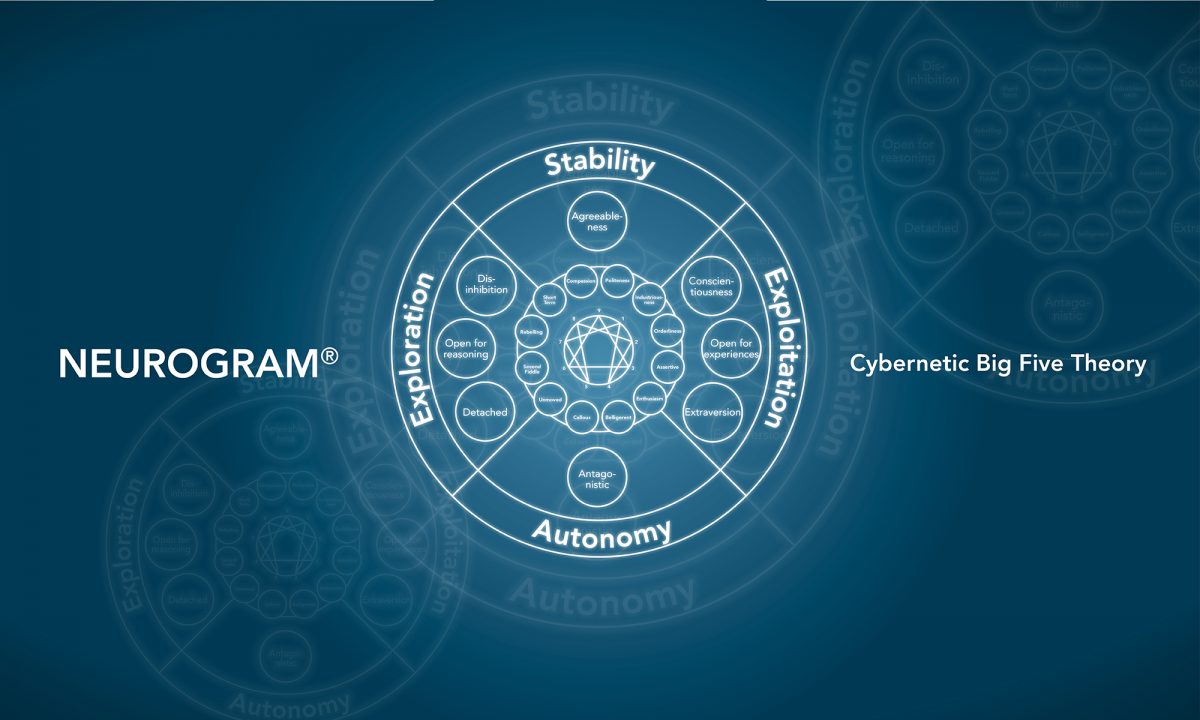Introduction to: A Proposed Distinction for Neuro-Linguistic Programming by Robert Dilts
“Anyone who claims to know or care about NLP is aware that the process of modeling is the life blood of the field.”
Of course “life blood” is a metaphor here. Dilts wants us to believe that modeling is very important to NLP trainers. And he is right, but not in the way you think. The “life blood” of NLP trainers is money. Pretending to be modeling is what brings in the money for bad NLP trainers.
“The origin of NLP and its continued evolution come from the ability of NLP practitioners to model the verbal, cognitive and behavioral patterns (the “neuro-linguistic programs”) of exceptional people.”
No-one denies that modeling is the origin of NLP. But it is nonsense to think that it’s evolution, let alone it’s “continued evolution” comes from “the ability of NLP practitioners to model”. If only because NLP practitioners fail to model anything at all.
“It is frequently pointed out that the basis of NLP is modeling and not the “trail of techniques” that have been left in its wake.”
Wrong. While NLP is not the “trail of techniques” it left behind, modeling is not the basis of NLP. NLP strategy elicitation is. A NLP technique is nothing but a generalized NLP strategy. NLP trainers are so bad at modeling that they almost all of the time mistake NLP strategy elicitation for modeling as is the case here.
“For all of the acknowledgment and emphasis on modeling, however, there has not been a clear and shared perspective on exactly what NLP modeling is”
Correct, but this is because almost all NLP trainers are badly trained and fail to understand what modeling is. This is a problem of their education rather than NLP in itself.
“nor an awareness that there are different varieties of modeling.”
Presupposition of realization. Dilts wants us to believe that there are different varieties of modeling. Of course they are. There are real methods of modeling. For instance the modeling by Donald Boyd, modeling using the Viable System Model or Bayesian network modeling. But in NLP there is only one way of modeling. This is due to the fact that NLP is 100% cybernetic. Cybernetics is 100% mathematical. So all modeling within NLP needs to be 100% mathematical. The only option here is: cybernetic transformation tables.
“For some, modeling is essentially strategy elicitation.”
These bad NLP trainers are wrong as explained.
“For others it simply means using NLP distinctions when describing some phenomenon.”
This sentence is devoid of any meaning that the sentence is meaningless.
“Others perceive modeling as the imitation of key behaviors.”
Imitation is not mathematics. These bad NLP trainers fail to grasp that modeling within NLO is a three-place predicate. That means in all cases within NLP there is:
- The modeler who creates the model.
- The person whose behavior is modeled.
- The model which is the product generated by the modeling process.
If you imitate someone (3) is missing. Hence imitating someone differs from modeling.
“The most powerful and generative models are those which capture something of the deep structure of the individual or individuals being observed.”
Here the nonsense begins. “capture” is an unspecified verb. Necessarily so because the capturing process cannot be specified because it is impossible to capture the deep structure. The moment you capture the deep structure, what you have captured is surface structure.
“This is quite different than describing or imitating surface level behaviors.”
Of course it is, because it capturing the deep structure is complete nonsense. “surface level behaviors” is more nonsense. The deep structure is unobservable by definition. So Dilts is misleading the public here. Rather than using the distinction between deep structure and surface structure, he posits deep structure against surface level of behaviors, falsely suggesting that there are some deep level of behaviors that link with the deep structure. It is completely wrong and either Dilts is misleading the audience on purpose or clueless about the deep structure.
“Reaching this deep structure has been one of the crowning achievements of NLP and requires a special methodology.”
No, NLP has not done the impossible. But claiming to be able to do the impossible is the “life blood” of NLP, i.e. it is the marketing lie that brings in the money.
… (Deleted passages deal with the text by Carmen Bostic St. Clair and John Grinder. All comments there also apply to these deleted passages.)
Robert Dilts
A Proposed Distinction for Neuro-Linguistic Programming (NLP)
“The development of any discipline, and especially one still organizing its initial patterning requires a certain attentiveness to precision in its fundamental vocabulary.”
We won’t hold the ability to write clearly against the authors, but they also could have written: we need to be precise in our communications. I agree.
“Older disciplines have either clarified their fundamental terms (once or repetitively) and have established an apparent relatively stable platform on which further investigations and professional dialogue may be based.or they have fallen upon the sharp points that often protrude from their ill-defined terms, suffering debilitating and sometimes even fatal wounds that have precluded significant further development. Such ill-defined distinctions sway in the wind, impaled on these sticking points.”
More long winding, but fortunately irrelevant words.
“Some care must be given in making determinations with respect to a standardized vocabulary. In general, distinctions in experiences are awarded distinct descriptive terms while notional variants are assigned to equivalence classes. This is the normal business of a discipline during its formative stages: to achieve a richness of distinctions, a descriptive precision and simultaneously an economy of expression; in an ideal world, at any rate.”
More long winding words, but this time they are meant to blind us to this part: “distinctions in experiences are awarded distinct descriptive terms”. Of course, this is such an empty phrase that this could or could not be the case depending on what “experiences” are specifically meant. The experience of flying to the moon and diving in the sea are distinct enough that we use different words to describe them. But that is completely different from what is proposed here. So if the specification of “experiences” relates to what is written in this article we deny what has been said in this long winding passage.
“The distinction in question in this note is the term modeling as used in the field of Neuro-Linguistic Programming (NLP). In particular, the distinction between modeling as practiced in the field of NLP and modeling as practiced more generally.”
Given that nobody outside of NLP accepts modeling with NLP as a correct form of modeling, this sentence is technically correct, but it does not state what the authors think is being stated.
“NLP Modeling, in the creation of the initial models that founded the field of NLP, at present and in the future of NLP, references an appreciation of and respect for two criteria that apply to modeling in NLP:”
Here the authors name their practice within NLP “NLP modeling”. In the following they call a different practice within NLP “Analytic modeling”. This is of course already false. If you are making a distinction between A and B within the field of X, you cannot name one X(a) and the other Y(b). Then you have to talk about X(a) and X(b). In other words the name “NLP modeling” is completely misleading. The drive behind this deception is again the “life blood”. NLP has to have something so special, i.e. doing the impossible, that bad NLP trainers can still sell NLP courses.
“1. the suspension of any taxonomic and/or analytic attempt (all f2 transforms as described in Whispering in the Wind )”
Here the nonsense begins. Again, unnecessary jargon is used to sound interesting, but in reality what is being said here, is that you have to suspend all use of language. This is also impossible of course. You cannot disable your language ability. If the person modeled would speak a single word and you would recognize that word as a word, this criterion would be violated and the modeling would fail. Even if it were not impossible, then it would severely limit modeling only to silent behaviors. In reality this is also what you see in the training programs by these bad NLP trainers. You are to model dancing, magic tricks or clowns. Basically anything where you find behaviors without talking. But as soon as a single word is spoken the modeling fails because this criterion is violated. As you can see this is utter nonsense. Interestingly it is the same kind of nonsense Eckhart Tolle published a couple of years before the publication of Whispering in the Wind. If I had to guess, John Grinder simply tried to capture something of the popularity of Eckhart Tolle.
“to understand consciously the patterning”
Sounds good. But please note that you have to suspend “to understand consciously the patterning”. In other words you have to be completely unconscious. How you would learn anything of the person being modeled while you were completely unconscious is a mystery, but the authors obviously don’t care about that at all. They only care that you fail to notice this small detail. Of course in reality whenever these bad NLP trainers practice this, they are not unconscious. But that is the second violation of the first criterion.
“of the genius or model of excellence during the assimilation stage of patterning and until the following criterion is met”
Whenever NLP trainers mention “genius”, think of the “life blood”, i.e. money. To be fair, at least the authors are the option “model of excellence”. Of course to be more precise: what they mean is a person who behaves in such a way that it is desirable to learn from them.
“2. the modeler must demonstrate the ability to reproduce the patterning of the model in parallel contexts and in such contexts elicit roughly the same responses from client with roughly the same quality and time commitment as the original genius or model of excellence prior to beginning the challenging and rewarding activity of codification of the patterning demonstrated by the modeler”
More “life blood”, i.e. money. This is a long and winding passage to basically say that you yourself can become a genius with NLP as long as you buy one of their training programs. Of course, this second criterion is always violated. That is why you see a “trail of techniques” in the world of NLP rather than a trail of geniuses.
“We further note that all modeling work products failing to meet these criteria are to be classified as some other logical type of model – we suggest Analytic Modeling as a general term for such work products; employing the patterning and the distinctions available in the technology of NLP applications but failing to respect the definition of NLP modeling.”
Here is the passage where the authors claim that their method is the real NLP modeling and other forms of modeling are not really NLP modeling. In reality what they propose is complete and utter nonsense and they fail to understand what modeling is. So deny the whole idea of Analytic Modeling. It is a straw man and it fails to refer to modeling within NLP.
“It is also quite clear that there are applications (e.g. modeling a story teller) or contexts (e.g. the model is not available, deceased) in which the rather more extended and demanding commitment implied by NLP modeling may not be either applicable or the most efficacious or efficient strategy for explicating the patterning of a genius or extraordinary individual whose patterning is of interest. We intend this statement to be a recognition that there are other forms of modeling perfectly legitimate as strategies for learning which, nevertheless fail to meet the criteria that we are proposing defines NLP modeling.”
As you can see both authors agree with my critique. Yet, they fail to notice that their practice fails not if the person modeled talks a lot as in the case of a story teller, but their practice already fails if the person modeled says a single word. To be clear, the fact that you have to be unconscious during the modeling process is another reason why this practice is impossible. Yet, it is important to notice how deceitful the authors are when it comes to the implications of their own criteria.
“The essential difference of consequence between the process of NLP modeling and Analytic modeling is the relative contributions of the model and modeler to the final work product. This difference resides principally in the degree of imposition of the perceptual and analytic categories of the modeler during the modeling process. – in the case of NLP modeling, the imposition is minimal; in the case of Analytic modeling, the imposition is maximal. These two extremes define a continuum of possibilities and it may well be that other practitioners of other forms of modeling may wish to propose further distinctions. We would welcome such refinements but at present will content ourselves with the one proposed here.”
Having failed to describe a reasonable practice and also because we have denied the idea of Analytic Modeling, this whole paragraph can be completely ignored.
“The requirements that the development of all cognitive representations be systematically suspended during the unconscious assimilation phase and the requirement that the modeler demonstrate the ability to perform as does the origin model or genius prior to beginning any cognitive coding describes the source of these profound differences.”
Having failed to describe a reasonable practice and also because we have denied the idea of Analytic Modeling, this whole paragraph can be completely ignored.
“The intention behind this description is to ensure that this distinction – arguable the most revolutionary contribution of NLP – is preserved”
“the most revolutionary contribution of NLP” is nothing but marketing.
“and that by the systematic use of this distinction, the public may appreciate the differences between the two logical classes of models and the distinctive processes of modeling thereby implied: NLP modeling and Analytic modeling.
“the public may appreciate “ is literally nothing but even more marketing.
“We invite well-intentioned practitioners of NLP to join us in preserving the distinction herein proposed or to offer commentary about how such an essential distinction can be preserved in the field of Neuro-Linguistic Programming.”
More utter and complete nonsense. “well-intentioned practitioners” is a magic formula trick. If you don’t know how magic formulas work, here is a quick rundown. If you create a magic formula you add an impossible ingredient so that when the formula fails, you can blame the lack of the impossible ingredient. If it by chance works, you claim success. It is a win-win for the swindler. “well-intentioned practitioners” simply means: if you agree with us you are well-intentioned. And if you disagree with us you are bad-intentioned. I’ll guarantee you that the authors and their fanboys will find me bad-intentioned.
“preserving” & “preserved” is an unspecified verb that here suggests that there is something worth preserving. There is not. The sooner the world gets rid of this nonsensical practice, the better.
“We further invite members of the NLP community who are considering participating in courses presenting modeling to request clarification of the type of modeling being presented.”
The authors kindly request people who think of doing a NLP training program to check with the NLP trainer who put forth that program to clarify what kind of modeling is taught in the program. This is just more marketing. Fortunately, it utterly failed. I have never had anyone ask this question. Yet, it put pressure on NLP trainers who are less well versed in NLP as I am to train with the authors to make sure that they can offer both kinds. “Life blood” indeed.
“Such activity will ensure that the distinction is maintained in the field and that participants in courses will be able to determine whether the type of modeling is what they wish to master.”
No that did not follow at all. In the previous sentence the public was “invited” “to request clarification”. But now it turns out that the actual participants get to choose which “they wish to master.” It is just marketing. It is deception. It is promising to do impossible things just to get more “life blood”, i.e. money.
Carmen Bostic St. Clair
John Grinder
Bonny Doon, California October, 2005
